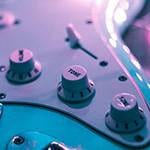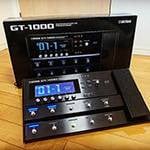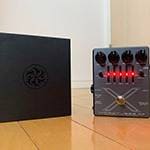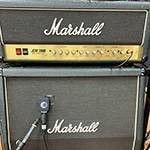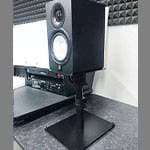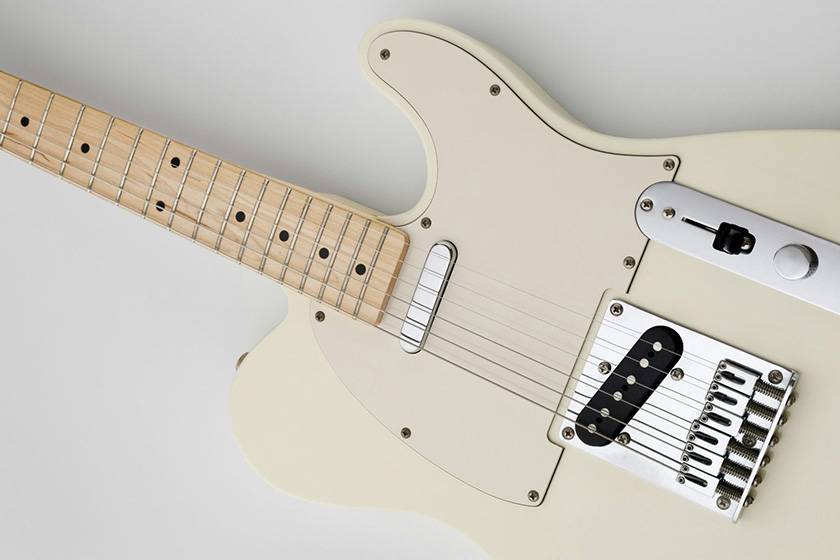
I want a cheap Telecaster! But I also want a good tone!
Currently, I play on a Yamaha Pacifica 612 (SSH model) as my main guitar. I’ve spent several years playing it, while tweaking things like string height, pickup adjustment, neck relief, tremolo spring setup, etc., and I haven’t been particularly dissatisfied. But, people always develop new wants. I want to try a Telecaster as a second guitar—or even an HH type, a 7‑string, or maybe a bass. If that’s the case, my plan is to buy a relatively inexpensive Telecaster and modify it to my liking. The four guitars I’m going to introduce here can be heard on YouTube. The comparison videos by foreign players are easy to understand in particular, so please check out their videos for reference.
YAMAHA / PAC612VIIFM IDB Electric Guitar PACIFICA
↑ Because it’s usable all‑round, I’d recommend it as a main guitar.
First, Choose the Body
SQUIER / Sonic Telecaster Butterscotch Blonde
↑ A newly released entry model.
SQUIER / Affinity Telecaster Olympic White
↑ A formerly entry‑level model by Squier. The Sonic series has come out, but I think if you’re going to buy, go at least Affinity or above.
SQUIER / Classic Vibe 50s Telecaster White Blonde
↑ If your budget allows, this is recommended. Quality is much higher than the Affinity series. It’s often out of stock, though…
FENDER / Std Tele, Laurel FB, White PG, Olympic White
↑ I feel the actual selling price and specs don’t quite match…
These are what I’ll cover. Among them, I’ll focus on the Affinity Telecaster and skip the “Classic Vibe 50s Telecaster”. Because the concept is keeping the guitar affordable. To be honest, I wanted the Classic Vibe in terms of tone and looks… (the price difference is about ¥20,000–30,000). That aside, actually the Squier Affinity and Fender Standard aren’t that different. When comparing specs, it looks like in the image below. Build quality will obviously differ, but things like whether the pickup is ceramic or Alnico, or what material the nut is made of aren’t huge differences. Since pickups also have output differences, try hard to get the height right. Ideally, test and compare them in a music store… If you weren’t restricted by a tight budget, Fender Standard isn’t bad either.
| Body | Pickup | Neck | Nut | |
|---|---|---|---|---|
| Fender Standard Telecaster | Poplar | Standard Single-Coil X 2 | Maple | Micarta |
| Squier Affinity Telecaster | Poplar | Ceramic Single-Coil X 2 | Maple | Synthetic Bone |
Reference:
Standard Telecaster
Affinity Series Telecaster
Replacing the Neck Plate
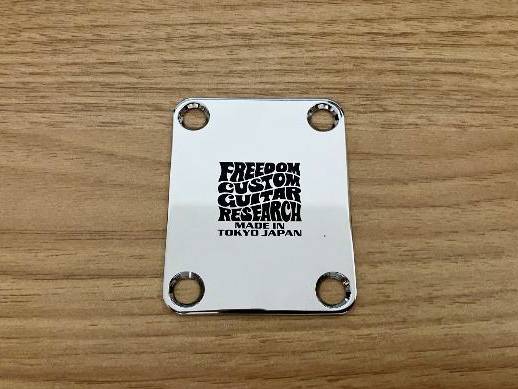
Freedom Custom Guitar Research / Tone Shift Plate SP-JP-01
Freedom Custom Guitar Research / Tone Shift Plate SP-JP-03
For now, I decided to replace the neck plate on the back. The SP-JP-01 is 2mm thick, and the SP-JP-03 is 3mm. It’s said that the former is better suited for guitars, and the latter for basses. However, if the guitar is made from lightweight wood, the 3mm plate could also be suitable.
This time, I chose the SP-JP-01 somewhat intuitively. As described on the official site, it makes the high end more brilliant and brightens the overall tone. The Affinity model tends to sound a little muffled, so rather than buying a booster, replacing the neck plate is more cost-effective and fits the concept of this build. Since vibrations transfer throughout the entire instrument, if the wood is of decent quality, there’s no doubt the sound will improve. I would like to try the 3mm version someday, too.
Compared to standard steel neck plates, this adds more overtones to the sound, transforming it into a mellow, expansive, and rich tone.
(Excerpt)
The neck and body are the largest vibrating components of the instrument. The joint plate that connects these two components has a significant impact on how they vibrate. In other words, by changing the material and mass of the neck joint plate, you can alter how the strings vibrate, thereby actively changing the overall sound.
Replacing the Capacitor
MONTREUX / Sprague Orange Drop 716P 0.047μF 400V [886]
MONTREUX / Sprague Orange Drop 716P 0.033μF 400V [881]
A capacitor is an electronic component that stores and releases electrical signals. It's used for tone control on electronic guitars.
“A capacitor is a component that adjusts how mellow and rolled-off the tone becomes when using the tone control. The capacitor’s effectiveness is determined by its capacitance value, expressed in microfarads (μF).
As the capacitance (μF) increases, a wider range of frequencies can be routed to ground, resulting in a more muffled, mellow sound.
For example, if your guitar currently uses a 0.022μF capacitor and you want a more mellow sound, you can switch to a higher-capacity one like 0.047μF or 0.1μF. On the other hand, if you want the tone control to have a gentler effect, using a lower-value capacitor like 0.01μF can help bring you closer to your ideal sound.
Generally speaking, 0.047μF capacitors are used for single-coil pickups, while 0.022μF capacitors are used for humbucking pickups and bass pickups.”
As the Manufacturer Explains, Simply Changing the Capacitor Can Alter How the Sound Cuts Through Especially when using a lower value or a higher-quality capacitor than the stock one, you’ll notice a brighter tone. If you want to change your tone without touching the wood or pickups, internal wiring becomes very important. While replacing the wires is also an option, just swapping out the stock capacitor for an Orange Drop can make a significant difference.
By the way, the two capacitors listed above are for single coils, but there are also models made for P-90s and humbuckers. The value really depends on personal taste, but if you’re not satisfied with the current sound, going for a lower-value capacitor is a good choice. Lowering the value reduces the boomy, muddy low end and improves the clarity of the highs. Additionally, you can expect sound quality improvement just from using higher-grade capacitors, so buying without worrying too much about the value is also a valid approach.
Beyond this point, it becomes a matter of auditory perception—and a deep rabbit hole. Some people reportedly spend thousands of yen on a single capacitor...
If you have the extra cash in your budget, you could also consider upgrading other wiring components, such as the wiring material, pots, and jacks. But if you go that far, you’re already spending enough to buy a Classic Vibe, so for now, that’s off the table.
MONTREUX / Belden #8503 Black 1 meter [1672]
↑ There are many types of wire, and once you start testing different ones, your wallet will probably melt.
Metal Knob
This component helps reduce the noise that occurs when touching volume or tone knobs. The included washer creates an electrically conductive circuit between the knob and the pot itself, which leads to reduced noise. Since the set includes two washers, it’s perfect for a Telecaster.
ESP Custom Lab Metal Knob Noise Killer is a part designed to eliminate the unpleasant shaft scratch noise that can occur when using metal knobs. Due to the structural design of volume pot shafts, grounding is often unstable. As a result, when using metal volume knobs, the ground path through your fingers can also become unstable, leading to noise.
The Metal Knob Noise Killer is a specially designed washer made from spring steel. By placing it between the pot body and the knob, it forcibly establishes conductivity between the two, stabilizing the ground and reducing unwanted noise.
Summary
How was it? Personally, I ended up with a sound I really like—it’s exactly what I like. I really felt the hidden potential of Squier guitars.
Swapping out the tuners (machine heads) is also a valid upgrade, but since I focused this time on cost-effective ways to improve tone, I left that out. If you do decide to change tuners, I highly recommend GOTOH products.
If you're used to the Pacifica, you might start wanting locking tuners.
↑ Lets you secure the strings without wrapping them around the post multiple times.
*May not be compatible with some models.
The “sound & person” column is made up of contributions from you.
For details about contributing, click here.





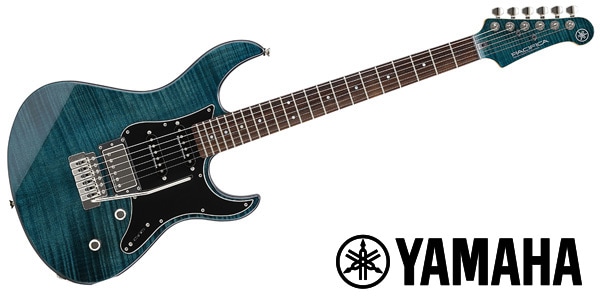
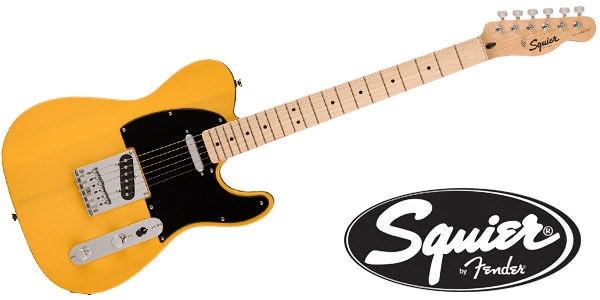
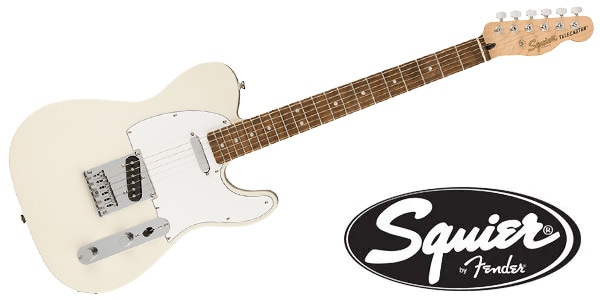
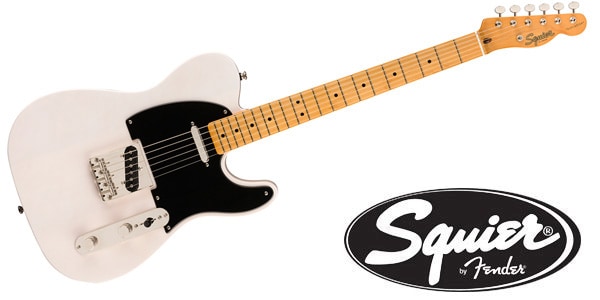
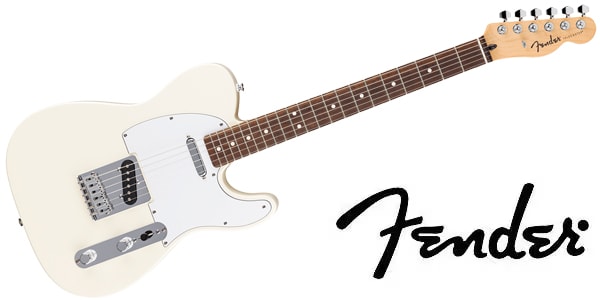
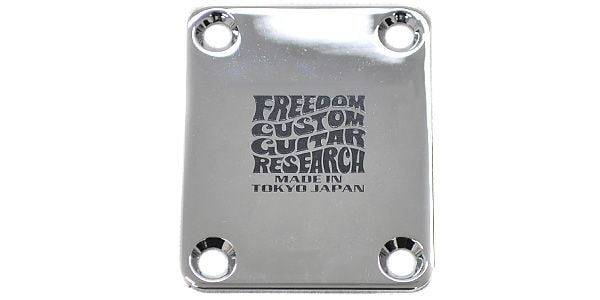
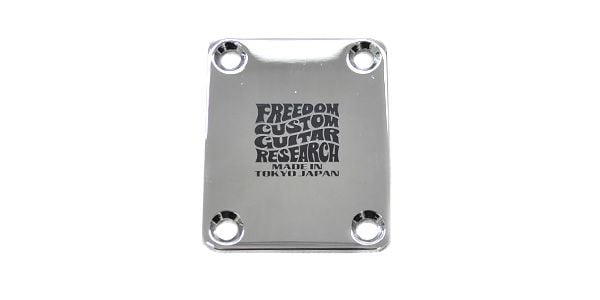
![MONTREUX / Sprague Orange Drop 716P 0.047μF 400V [886]](https://www.soundhouse.co.jp/images/shop/prod_img/m/mont_886a.jpg)
![MONTREUX / Sprague Orange Drop 716P 0.033μF 400V [881]](https://www.soundhouse.co.jp/images/shop/prod_img/m/mont_881a.jpg)
![MONTREUX / Belden #8503 Black 1 meter [1672]](https://www.soundhouse.co.jp/images/shop/prod_img/m/mont_1672uu.jpg)
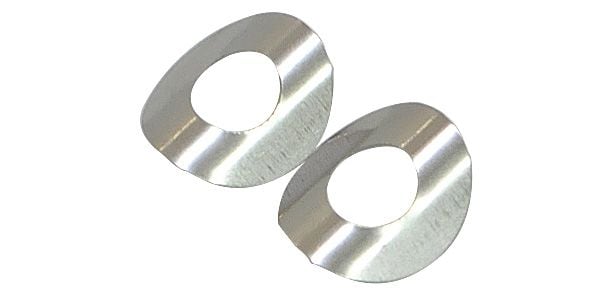
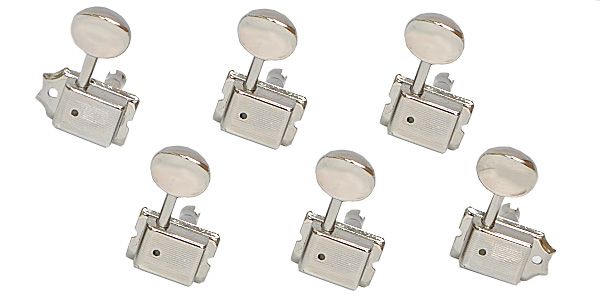







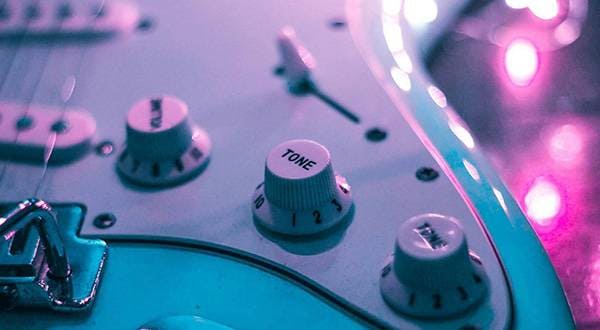
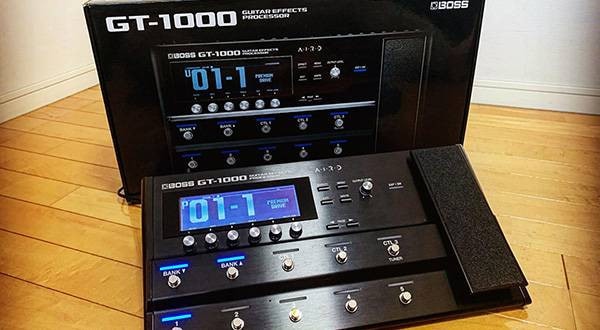

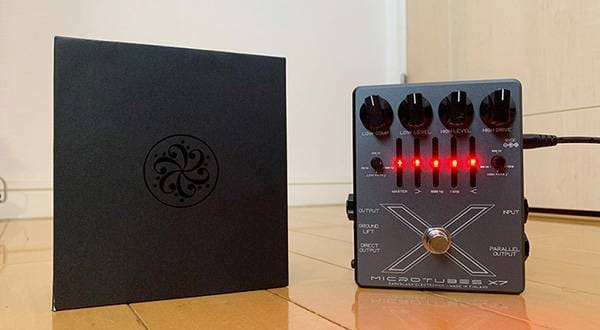
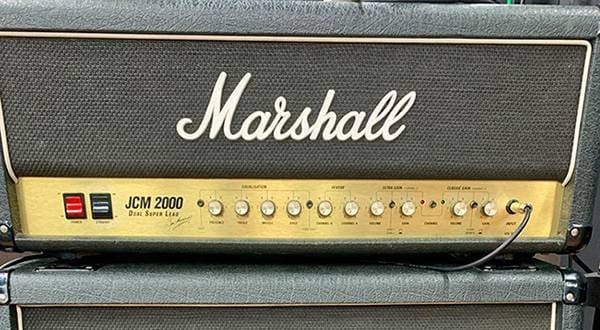
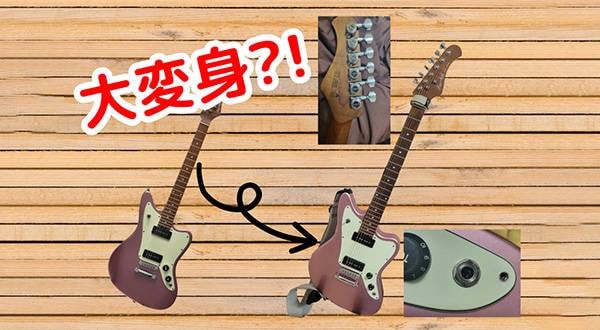
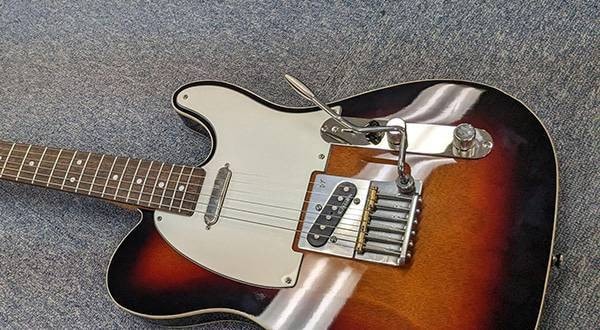
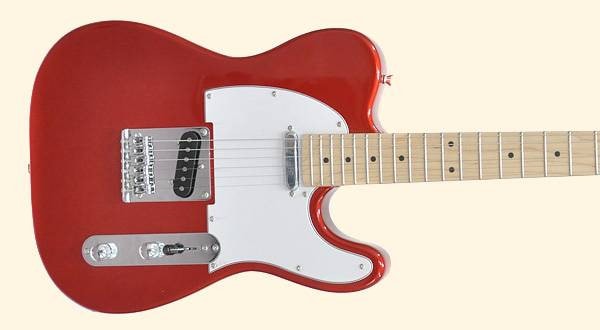
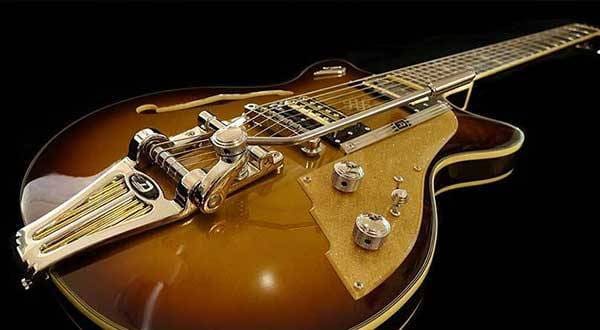
![How to choose and order when replacing GOTOH guitar pegs [Latest in 2025]](/contents/uploads/thumbs/2/2021/5/20210524_2_12921_1.jpg)
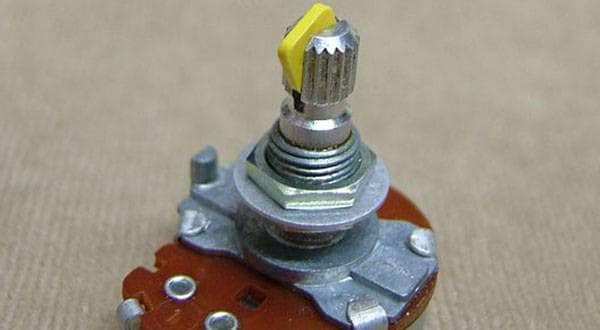
 ギターパーツの沼
ギターパーツの沼
 プレイテックのギターを最強に改造!!
プレイテックのギターを最強に改造!!
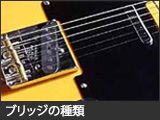 ブリッジの種類
ブリッジの種類
 配線カスタマイズ 第1回
配線カスタマイズ 第1回
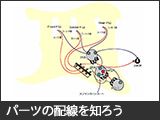 パーツの配線を知ろう
パーツの配線を知ろう
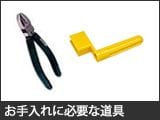 お手入れに必要な道具
お手入れに必要な道具
